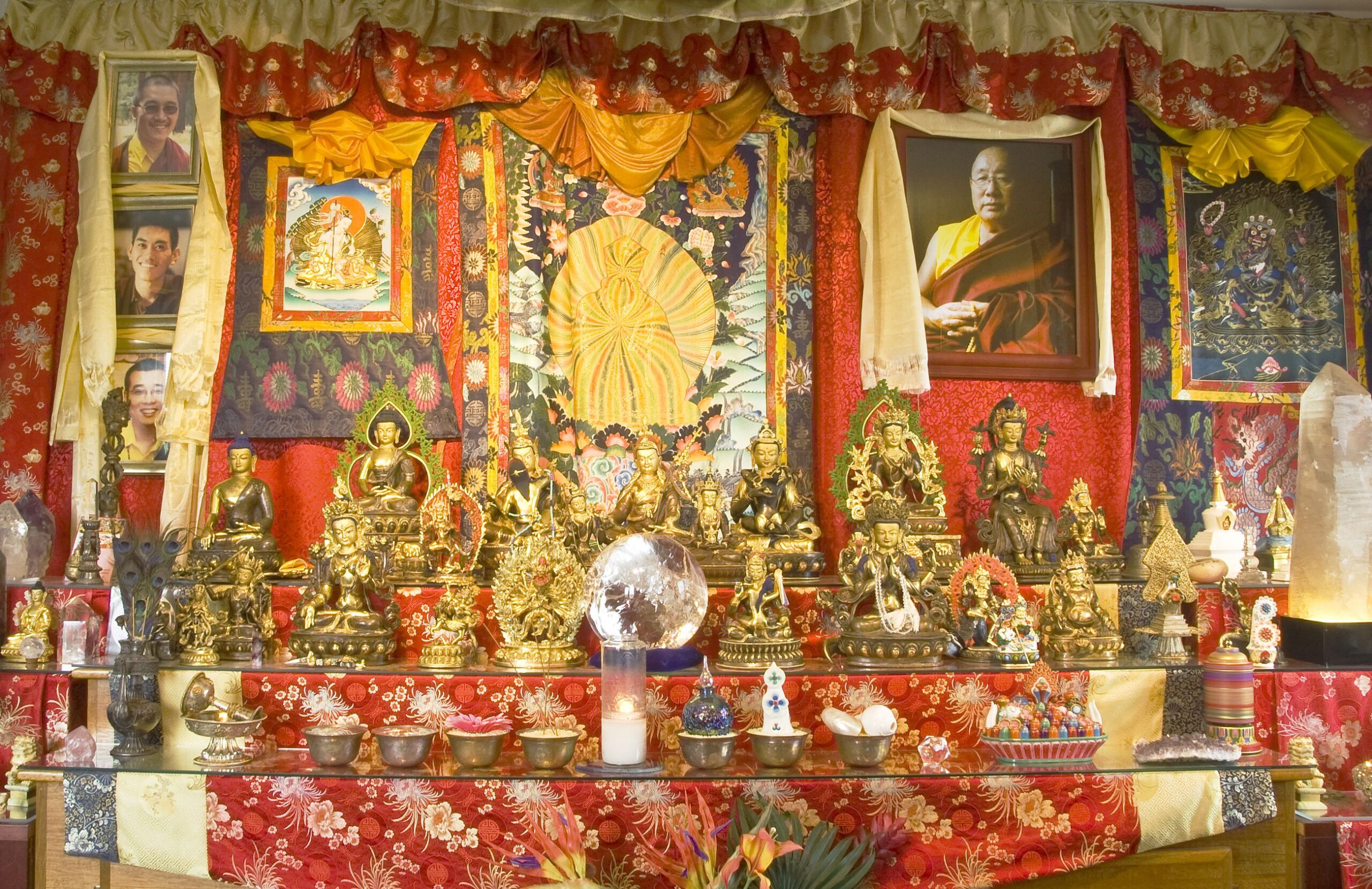In the hustle and bustle of modern life, carving out a space for stillness and contemplation can be a transformative act.
For those embarking on the journey of meditation, establishing a dedicated meditation altar within the sanctuary of one’s home can serve as a profound anchor for daily practice. Here’s a comprehensive guide to crafting your sacred space, infused with beauty, intention, and reverence.
Setting the Scene: Choosing Your Meditation Space
The first step in creating your meditation altar is selecting the perfect spot within your home. Whether it’s a quiet corner bathed in natural light or a serene nook nestled amidst the embrace of nature, choose a location that resonates with tranquility and calmness. Consistency is key, so aim to designate a space where you can sit undisturbed at the same time each day, nurturing the rhythm of your practice.
Curating Your Altar: Elements of Beauty and Inspiration
Once you’ve identified your meditation space, it’s time to curate your altar, infusing it with elements that inspire and uplift your practice. Begin by selecting a comfortable seat, whether it’s a meditation cushion or a simple pad, ensuring that it supports your posture and alignment during meditation.
Next, consider adorning your altar with sacred items that hold personal significance. A centerpiece such as a statue or a cherished photograph of a loved one, guru, or spiritual teacher can serve as a focal point for reflection and devotion. Elevate sacred objects with a low table or bench, creating a visually harmonious arrangement that reflects the sanctity of your practice.
Embracing Ritual: Making Offerings and Expressing Gratitude
Central to the tradition of Buddhist altars is the practice of offering, a ritual act of gratitude and reverence. Cultivate a sense of abundance and appreciation by adorning your altar with offerings of flowers, incense, and light. Each offering symbolizes a gesture of reverence towards the divine and a commitment to embodying mindfulness and compassion in everyday life.
Consider incorporating a traditional seven-bowl set on your altar, each vessel filled with symbolic offerings such as water, flowers, incense, and food. These offerings not only honor the sacredness of your practice but also serve as a transformative ritual for cultivating generosity and an open heart.
Nurturing Your Sanctuary: Cultivating Mindfulness and Reflection
As you establish your meditation altar, remember to keep the space clean and sacred, imbuing it with a sense of reverence and intention. Integrate practices such as journaling and reflection into your daily routine, using your altar as a focal point for documenting your meditation experiences and insights.
In essence, your meditation altar serves as a sacred sanctuary—a tangible expression of your commitment to inner transformation and spiritual growth. By infusing this space with beauty, intention, and devotion, you create a potent refuge for contemplation, prayer, and self-discovery. May your journey be illuminated by the gentle glow of your inner light, guiding you ever closer to the depths of your own being.
Watch a video on How to Set Up a Buddhist Altar at Home




